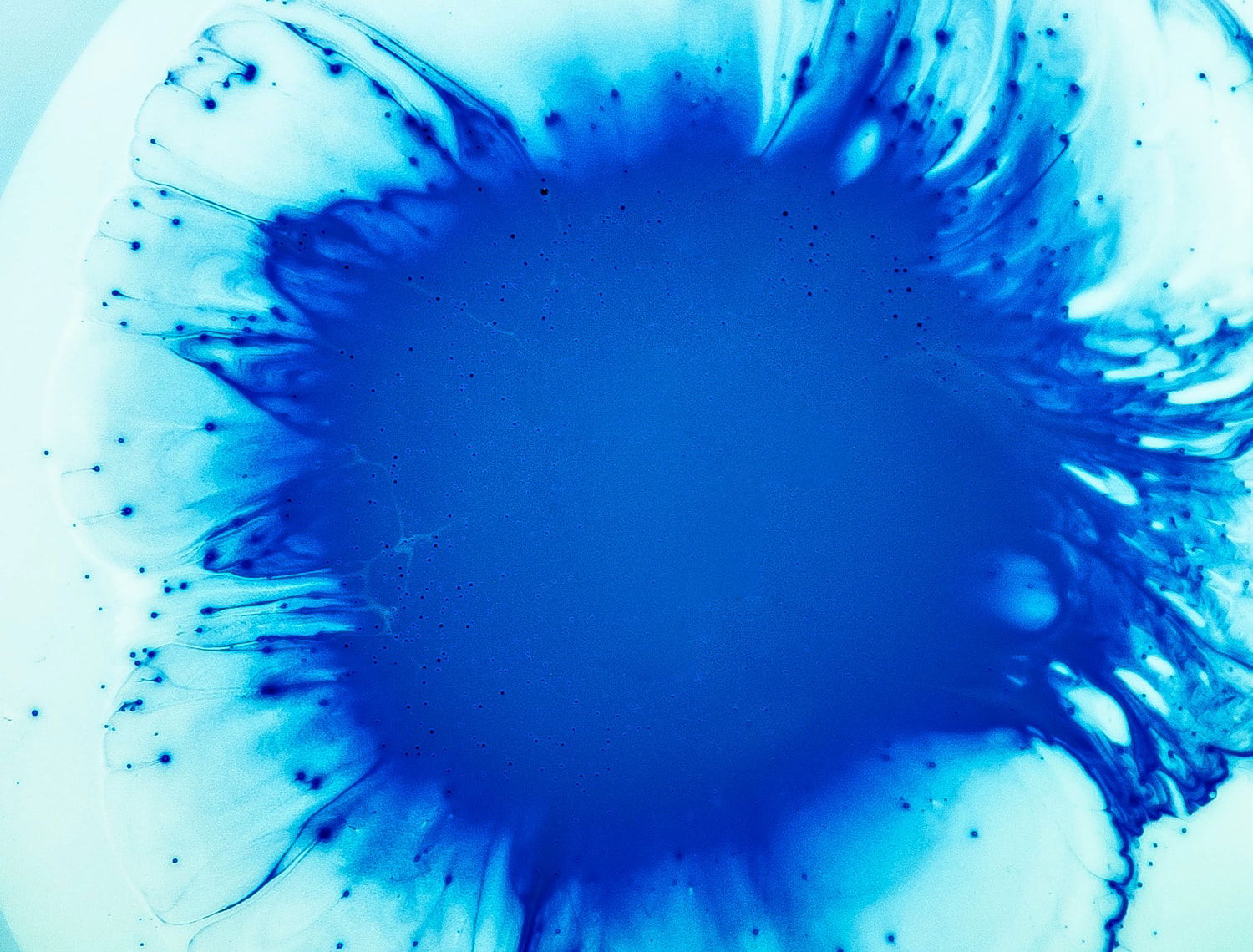Variation

Variation in biology is all the differences which exist between members of the same species. It means any difference between cells, individual organisms, or groups of organisms of specific species caused either by genetic differences (genotypic variation) or by the effect of environmental factors on the appearance of the genetic potentials (phenotypic variation).
Variation may be exhibited in physical appearance, metabolism, fertility, method of reproduction, behaviour, learning and mental capability, and other observable or assessable characters.
Genotypic variations are caused by alterations in number or organization of chromosomes or by alterations in the genes carried by the chromosomes. The colour of the eye, body type, and ability to resist disease are genotypic variations.
Individuals with numerous sets of chromosomes are known as polyploidy. A lot of common plants have two or more times the normal number of chromosomes and fresh species may arise as a result of this type of variation.
A genotypic variation cannot be identified by observation of the organism; breeding experiments ought to be conducted under controlled environmental conditions to decide whether or not the alteration is inheritable.
In genetic variation, the genes of organisms within a particular population may change. Gene alleles determine different traits that can be transferred from parents to offspring.
Gene variation is crucial to the process of natural selection. The genetic variations that exist in a population occur by chance, but the progression of natural selection does not occur by chance.
Natural selection is the effect of the interactions that exist between genetic variations in a population and the environment. The environment establishes the type of variations that are likely to occur.
More favorable characters are in that manner transferred to the entire population
Genetic variation takes place majorly through DNA mutation , gene flow -movement of genes from one population to the other and sexual reproduction. Owing to the unstable nature of the environment, populations that are genetically unstable will be capable of adapting to altering situations more than those that do not possess genetic variation.
Environmentally resultant variations may arise as a result of a particular factor or the joint effects of many factors, like climate, food supply, and activities of other organisms. Phenotypic variations as well involve stages in an organism’s life cycle and seasonal variations in an individual.
These variations do not include any hereditary changes and in general are not transmitted to future generations; as a result they are not important in the process of evolution.
There are two types of variation; continuous and discontinuous Variation.
Continuous variation is variation that has no boundary on the value that can take place within a population. A line graph is used to showcase continuous variation.
Some examples of continuous variation are variations in:
• height
• weight
• heart rate
• finger length
• leaf length
Discontinuous variation is variation that has distinct groups for organisms to belong to. A bar graph is normally used to showcase a discontinuous variation.
Some examples of discontinuous variation are:
• tongue rolling
• finger prints
• eye colour
• blood groups
A discontinuous variation with a lot of classes, none of which is extremely small, is referred to as a polymorphic variation.
The separation of the majority of higher organisms into males and females and the occurrence of different forms of a butterfly of the same species, each coloured to blend with varying vegetation, are examples of polymorphic variation.
Body size
Heritability estimates for the majority of body size measurements entail that about 80% of the variation in body size is as a result of genetic factors and about 20% is due to environmental factors.
Body weight
The majority of the variation in body weight of humans can be classified into linear build and lateral build.
The extreme linear build is found in the earlier mentioned tall peoples of East Central Africa. These people are very tall and slender. The chests, shoulders, and hips are extremely narrow - the narrowest in the world for their height. Their limbs are very long, particularly the legs.
Hair
A lot of things about hair are variable.Generally, dark hair goes with dark skin and light hair goes with light skin.
You can possess dark hair with light skin, but it is rare to possess light hair with dark skin. People can as well different color of hair on different parts of their body.
Blond hair has little melanin and black hair and in reality very dark
Brown has a lot of melanin. Skin melanins are always brown while hair melanin can be either brown or red
Eyes
The variation in eye color is as a result of the pigmentation of the exterior layer of the iris. The iris may or may not be pigmented.
Lips
Every human being has lips, which differ basically in the extent to which they are rolled up to expose the pink membranous portion.
Ears
Ears are very different in size, size of the ear lobe, protrusion, and whether the ear lobe is free or attached.
Thank you for reading!!!
I hope you learnt something new